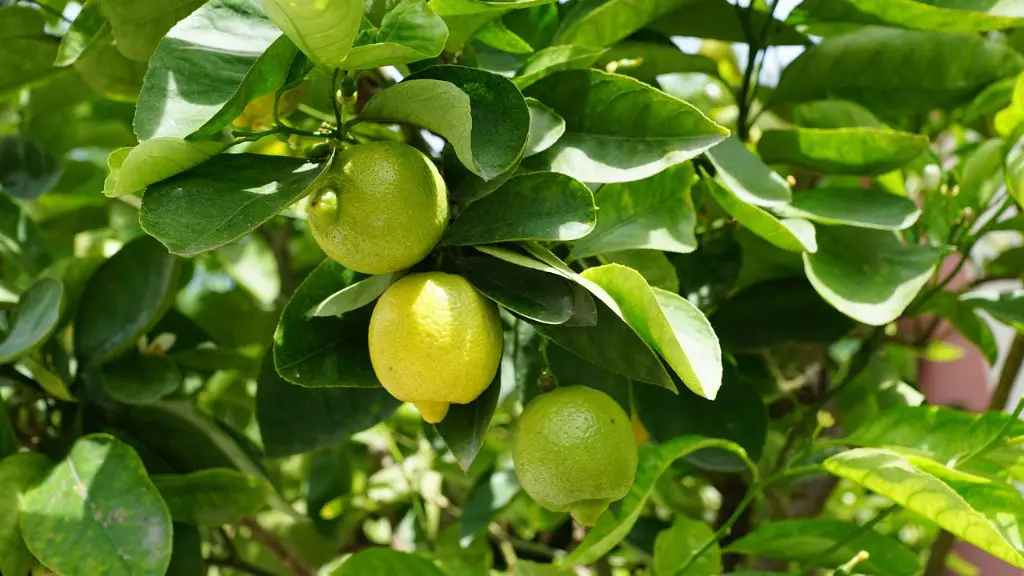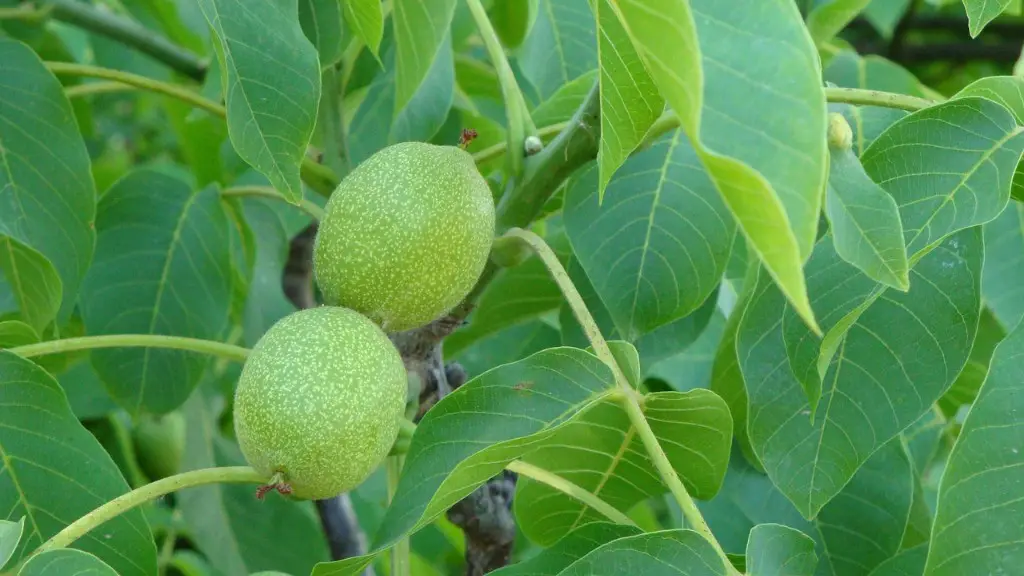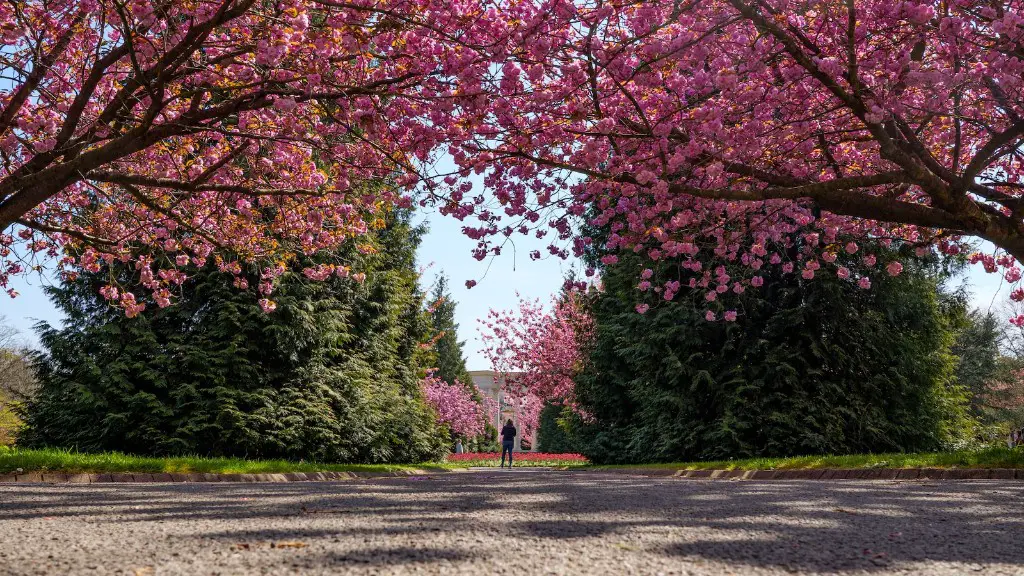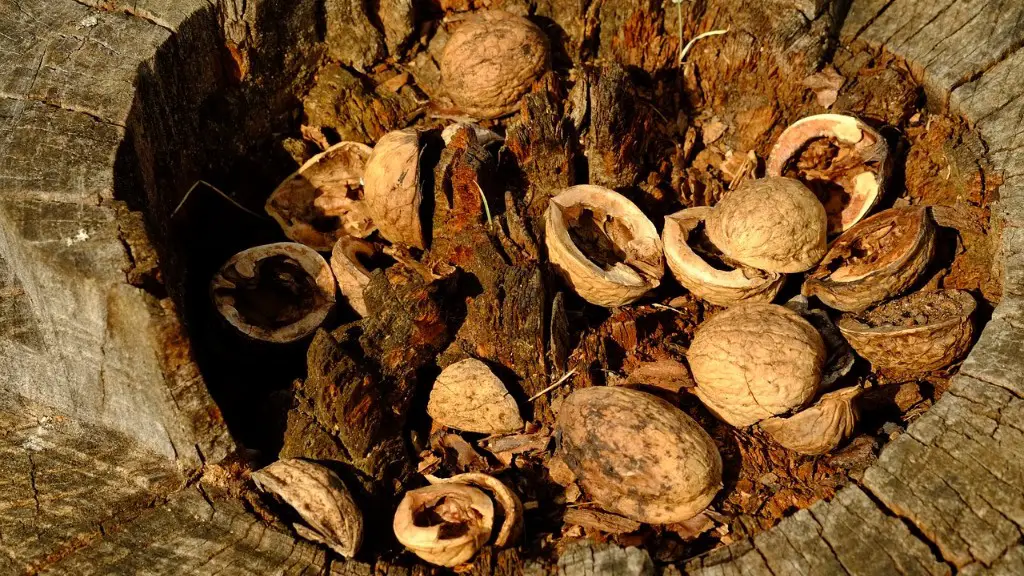Caring for a lemon tree seedling is an exciting opportunity to nurture a plant. To ensure your seedling grows healthy and strong, it is important to understand its needs. It is essential to provide the correct amount of water, light, soil drainage and fertilizers. In the following paragraphs, we will go through the steps for proper care of a lemon tree seedling.
The first task is to choose the right potting soil. A lightweight soil that retains moisture and drains well is ideal; it should also be free of any weed killers or fertilizer. Next, plant the seedling in the potting soil and only water it when the top of the soil is dry. Additionally, use a damp cloth to minimize dust. It is crucial to avoid overwatering and waterlogging, which can cause the roots to rot and kill the plant.
After watering the seedling, it must receive appropriate amounts of light. A lemon tree can tolerate full sun and a minimum of six hours of direct sunlight per day. If you do not have access to sunlight, you can use artificial lights. It is also important to rotate the pot every two weeks for even exposure to light.
The seedling also needs to be fertilized regularly. A fertilizer with a balanced ratio of phosphorus, potassium and nitrogen is recommended. Use a diluted fertilizer solution and water the seedling until the solution begins to drip out of the drainage hole in the pot. Additionally, monitor for any signs of pests like spider mites, aphids or mealybugs, and use an appropriate insecticide if necessary.
For best results, it is recommended to repot the lemon tree seedling when it outgrows its container or is root bound. Use a larger pot with holes in the bottom and cover the roots with soil. Make sure to water the seedling deeply after repotting, and allow the soil to dry out before rewatering. Monitor the seedling’s progress; if it looks unhealthy, consider giving it a gentle shake to loosen the soil around the roots.
Finally, pruning or trimming your lemon tree is also important. Cut off dead branches and shape the tree for a symmetrical, even look. This also allows for more light to reach the lower leaves and encourages new growth. Pruning should be done in the spring and early summer. By following these guidelines, you can successfully care for your lemon tree seedling and watch it grow into a large, healthy tree.
Soil Requirements
The optimal soil type for lemon tree seedlings is a lightweight, moisture-retentive soil that drains well. For example, you can use potting soil with a mix of perlite, peat moss and aged compost for optimal growth. The soil should also be free of weed killers, fertilizers or other contaminants.
The pot should have adequate drainage holes to prevent waterlogging, so water can be easily absorbed and then drained away. Overwatering should be avoided, as it can cause the roots to rot and potentially kill the plant. Therefore, it is essential to choose an appropriate soil and pot that can provide proper drainage.
Before planting the seedling, it is wise to test the pH balance of the potting soil. A pH balance between 6.2 and 6.8 is considered ideal for lemon tree seedlings. If the pH level is too low, you can add wood ash or lime to raise it to the optimal level.
It is also vital to monitor the soil moisture level and adjust accordingly. The ideal soil moisture should be moist but not overly wet or soggy. If the soil is too dry, water the seedling and if it is too wet, wait for it to dry out before watering again.
Light Requirements
The amount and type of light a lemon tree seedling needs will depend on the type of lemon tree. For example, Meyer lemon trees require bright light and prefer full sun. Whereas the Eureka lemon tree can tolerate some shade, but prefers full sun. Generally, a minimum of six hours of direct sunlight is recommended for optimal growth.
If you cannot provide natural sunlight, you can use artificial lighting. For this, you can use fluorescent or grow lights that provide full-spectrum light. In addition, it is essential to rotate the pot every two weeks for even exposure to light. This ensures that all parts of the seedling are receiving adequate light.
Expect to see yellowing of leaves if the seedling is not receiving enough light. To determine whether the plant is getting enough light, observe the new leaves that have grown. If they are pale or yellow, it means the seedling needs more exposure to light.
If you notice any wilting or drooping of the leaves, your lemon tree is receiving too much light. Do not move the seedling closer to the light but instead, shade it to avoid burning of the leaves and branches.
Fertilizing Requirements
Fertilizing the lemon tree seedling is necessary for healthy growth and development. To determine how much fertilizer to use, it is important to test the soil with a soil test kit. Use a diluted fertilizer solution with a balanced nutrient ratio of nitrogen, phosphorus and potassium for optimal results.
It is essential to water the seedling first and then apply the fertilizer solution. Water the seedling until the solution begins to drain from the pot. Monitor the soil and fertilize every two weeks in spring and summer, and every month in fall and winter. Additionally, do not overwater the seedling after fertilizer application.
You should also monitor for any pests or insects that may attack the seedling. Examples of pests include spider mites, aphids and mealybugs. If you see any signs of pests, consult a horticultural expert or use an appropriate insecticide to keep them away.
It is also important to avoid applying synthetic chemical fertilizers to the seedling. These chemicals can be detrimental to the soil’s health and can also damage the plant. Choose organic fertilizers instead and ensure optimal growth of the seedling.
Repotting Requirements
Re-potting the seedling is necessary when it outgrows its pot or becomes root bound. It is important to carefully remove the seedling from its old container and transplant it into a new pot. Use a pot that is at least twice as large as the original, as this will provide more room for the roots and ensure healthy growth.
Additionally, use a potting soil with good drainage, such as a mix of perlite, peat moss and aged compost. Once the seedling is potted, be sure to water it deeply until the solution begins to drip out of the pot. Monitor the moisture level and dont water the seedling again until the soil has begun to dry out.
After the seedling has been transplanted, you may need to adjust the light intensity according to the new growth and needs of the tree. Keep the seedling in a place where it can receive 6-8 hours of direct sunlight per day for optimal results.
Furthermore, if the seedling looks unhealthy or is not growing, consider giving it a gentle shake to loosen the soil around the roots. This can help stimulate new root growth and improve drainage. Additionally, regular pruning or trimming of the tree will also help to remove dead branches, allowing more sunlight to reach the lower leaves.
Conclusion
With the right conditions and proper care, your lemon tree seedling can grow healthy and strong. Start by selecting the right potting soil and a pot with adequate drainage. Provide the seedling enough sunlight and monitor for pests or insects. Fertilize the seedling with a balanced fertilizer solution, and adjust the light intensity as the tree grows. Lastly, keep an eye on the soil moisture level and re-pot when necessary. With all these steps, you can successfully grow a large, healthy lemon tree.



